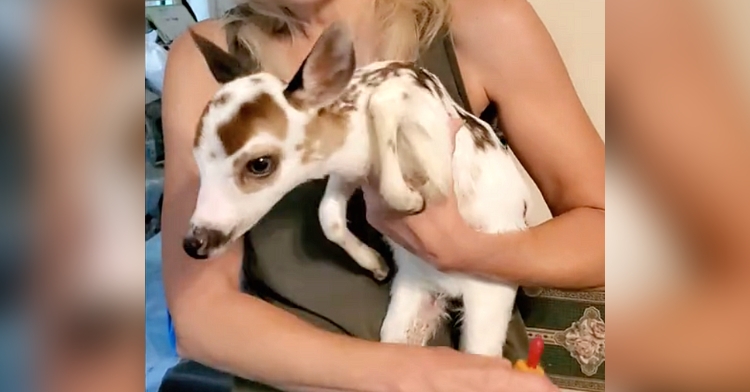
It’s not every day that you see a piebald deer fawn. However, one kindhearted man not only spotted this rare beauty… but had the opportunity to save the fragile fawn as well.
When the citizen spotted the deer fawn, he quickly noticed the beautiful baby had flies and maggots sprinkled across their coat. Thankfully, he knew that an animal coated in maggots is nearly always in distress and immediate danger.
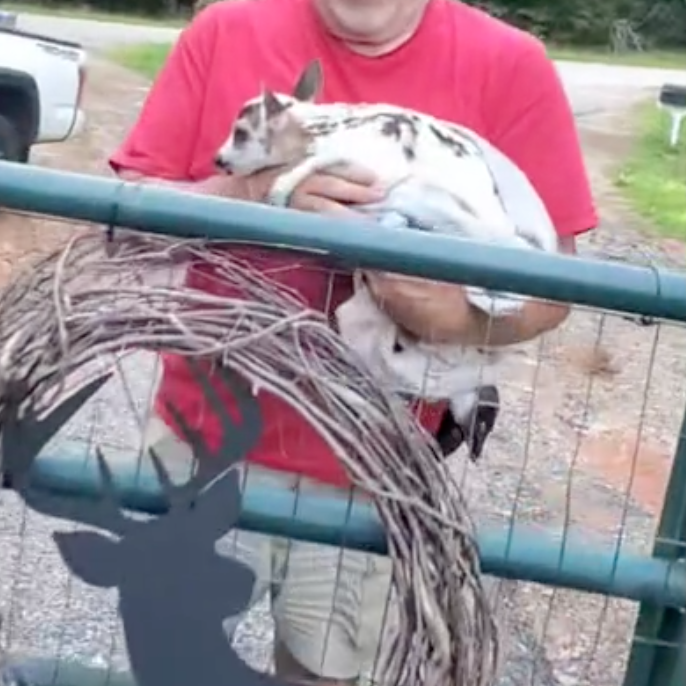
The man called Connie Hall at Magnolia Fawn Rescue, a wildlife rehabilitator and 501c3 non-profit organization. They advised him to scoop up the fawn and bring him to the rescue as quickly as possible.
Upon arrival at the rescue, Connie noted that the fawn was “extremely dehydrated and weak.” She quickly removed all the maggots, provided fluids to treat his dehydration, and placed him in an incubator to warm him up to a normal body temperature.
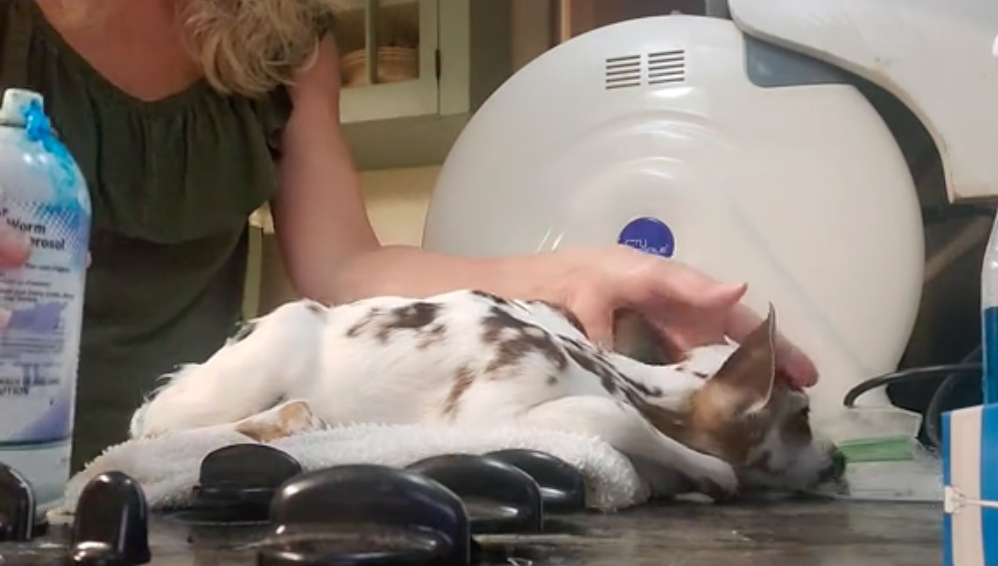
The fawn, which she named Kitchi, was so weak that he couldn’t even suckle from a bottle. She had to tube feed him for a time as he regained his strength. After a period of time tube feeding, Kitchi finally became strong enough to start nursing from the bottle on his own.
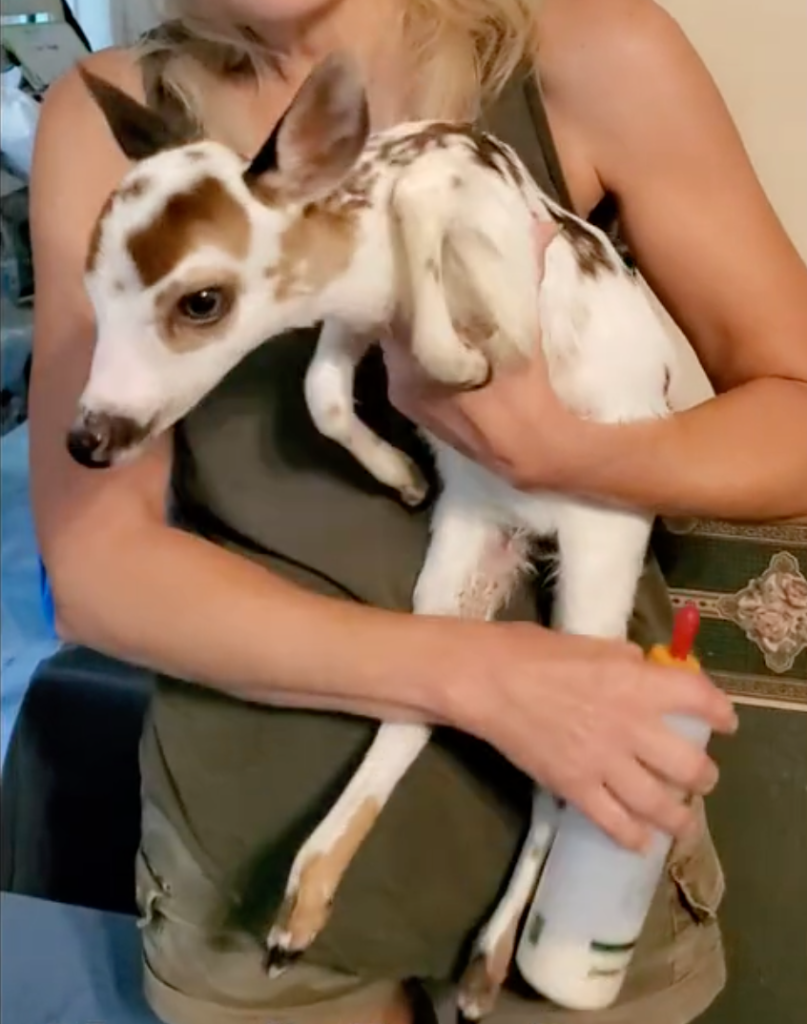
Connie noted in her latest update on Kitchi that “He has overcome so much but gets stronger every day and doing so well that he has graduated to the Deer Barn.”
The Deer Barn is where stronger fawns graduate to living in small groups once they’ve gotten a bit older and stronger.
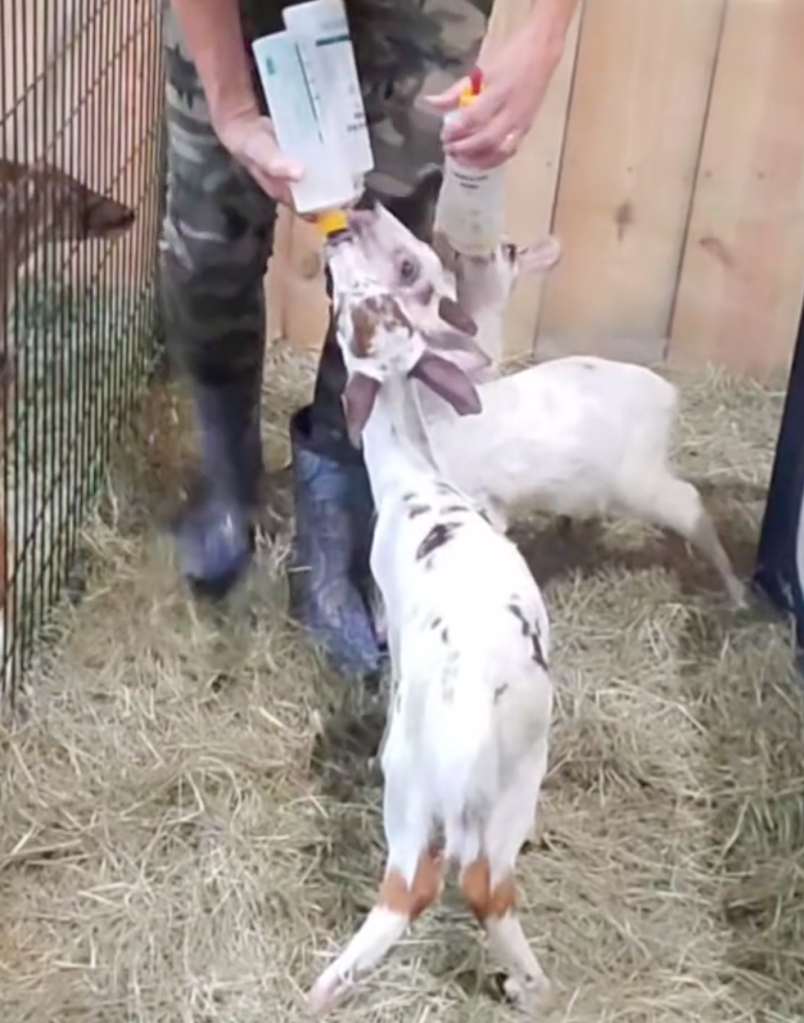
Magnolia Fawn Rescue receives a number of piebald fawns each year in addition to the typical coloration that you see in fawns. The goal of the rescue is to save and return as many of these fawns to the wild as possible. They also work to educate the public on when a fawn needs saving, and when to leave the fawn for its mother to retrieve it.
Please remember that if you see a fawn alone you should not automatically assume it has been abandoned. Healthy fawns lie still to avoid detection and wait for their mother to return to them. However, if a fawn has visible injuries, is covered in flies, is near a deceased doe, has curled ear tips, or is walking around crying out, you should reach out to your nearest wildlife rehabilitator for additional instruction or intervention.